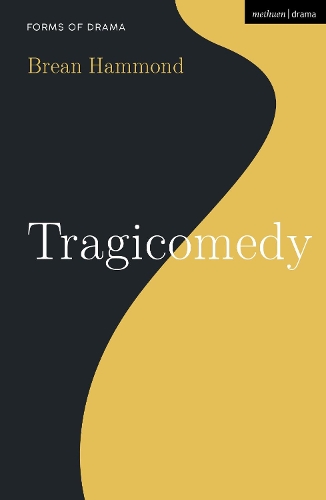
Tragicomedy
(Hardback)
Available Formats
Publishing Details
Tragicomedy
By (Author) Brean Hammond
Series edited by Simon Shepherd
Bloomsbury Publishing PLC
Methuen Drama
7th October 2021
12th August 2021
United Kingdom
Classifications
Tertiary Education
Non Fiction
Literary studies: plays and playwrights
Literary studies: c 1600 to c 1800
809.2523
Physical Properties
Hardback
200
Width 129mm, Height 198mm
327g
Description
This succinct authoritative book offers readers an overview of the origins, characteristics, and changing status of tragicomedy from the 17th century to the present. It explores the work of some of the key English and Irish playwrights associated with the form, the influence of Italian and Spanish theorist-playwrights and the importance of translations of Pierre Corneilles Le Cid. At the turn of the 17th century, English dramatists such as John Marston, John Fletcher, and William Shakespeare began experimenting with plays that mixed elements of tragedy and comedy, producing a blended mode that they themselves called tragicomedy. This book begins by examining the sources of their inspiration and the theatrical achievement that they hoped to gain by confronting an audience with plays that defied the plot and character expectations of pure comedy and tragedy. It goes on to show how, reacting to French models, John Dryden, Shakespeare improvers and other English playwrights developed the form while sowing the seeds of its own vulnerability to parody and obsolescence in the eighteenth century. Discussing nineteenth-century melodrama as in some respects a resurrection of tragicomedy, the final chapter concentrates on plays by Ibsen, Chekhov, and Beckett as examples of the form being revived to create theatrical modes that more adequately represent the perceived complexity of experience.
Author Bio
Brean Hammond is Emeritus Professor of Modern English Literature at the University of Nottingham, UK. He is the author of several books and dozens of articles on fields ranging from Renaissance theatre to modern and postmodern theatre. His best-known books are Professional Imaginative Writing (1997) and the Arden edition of Double Falsehood (2010).
